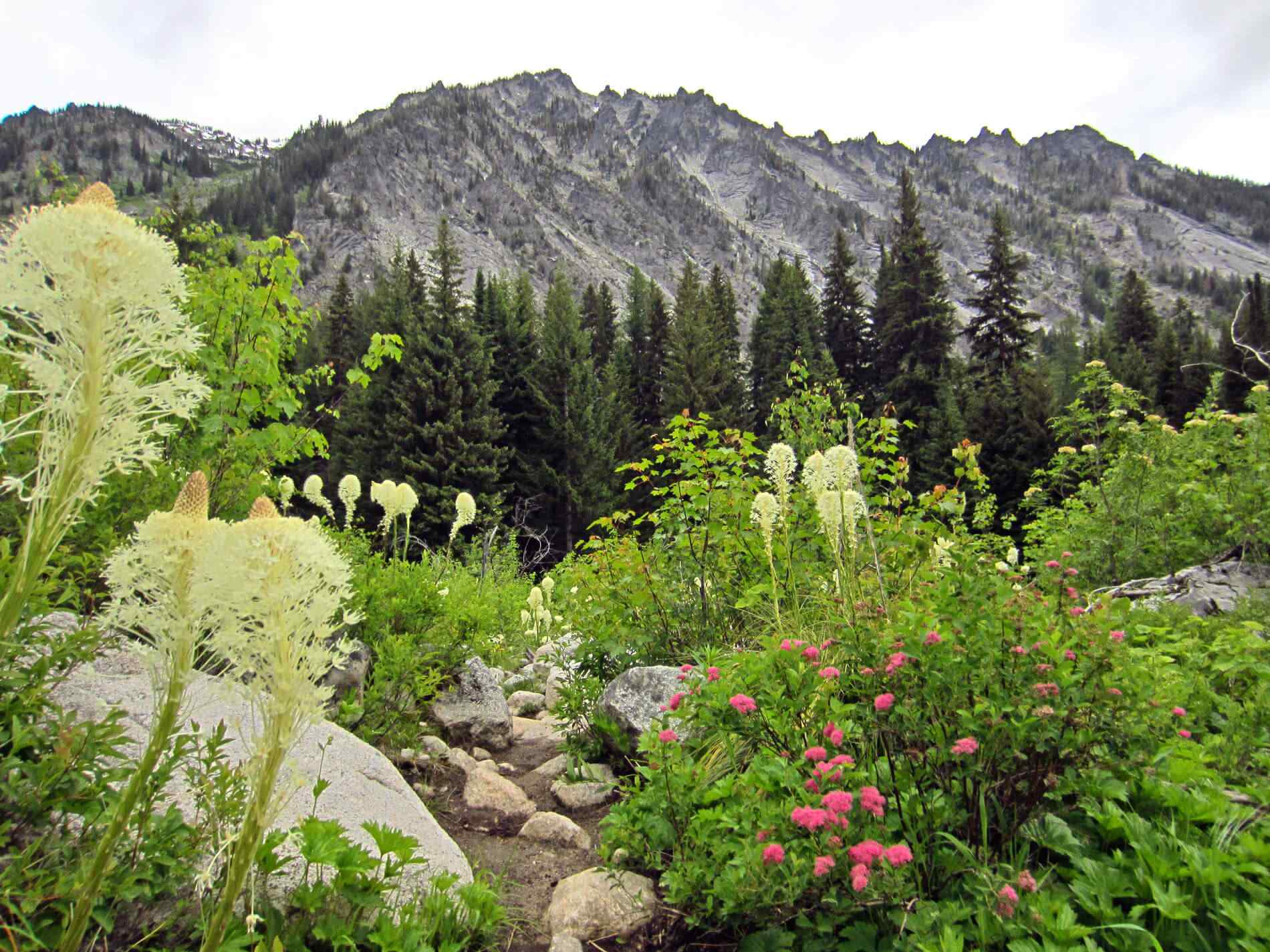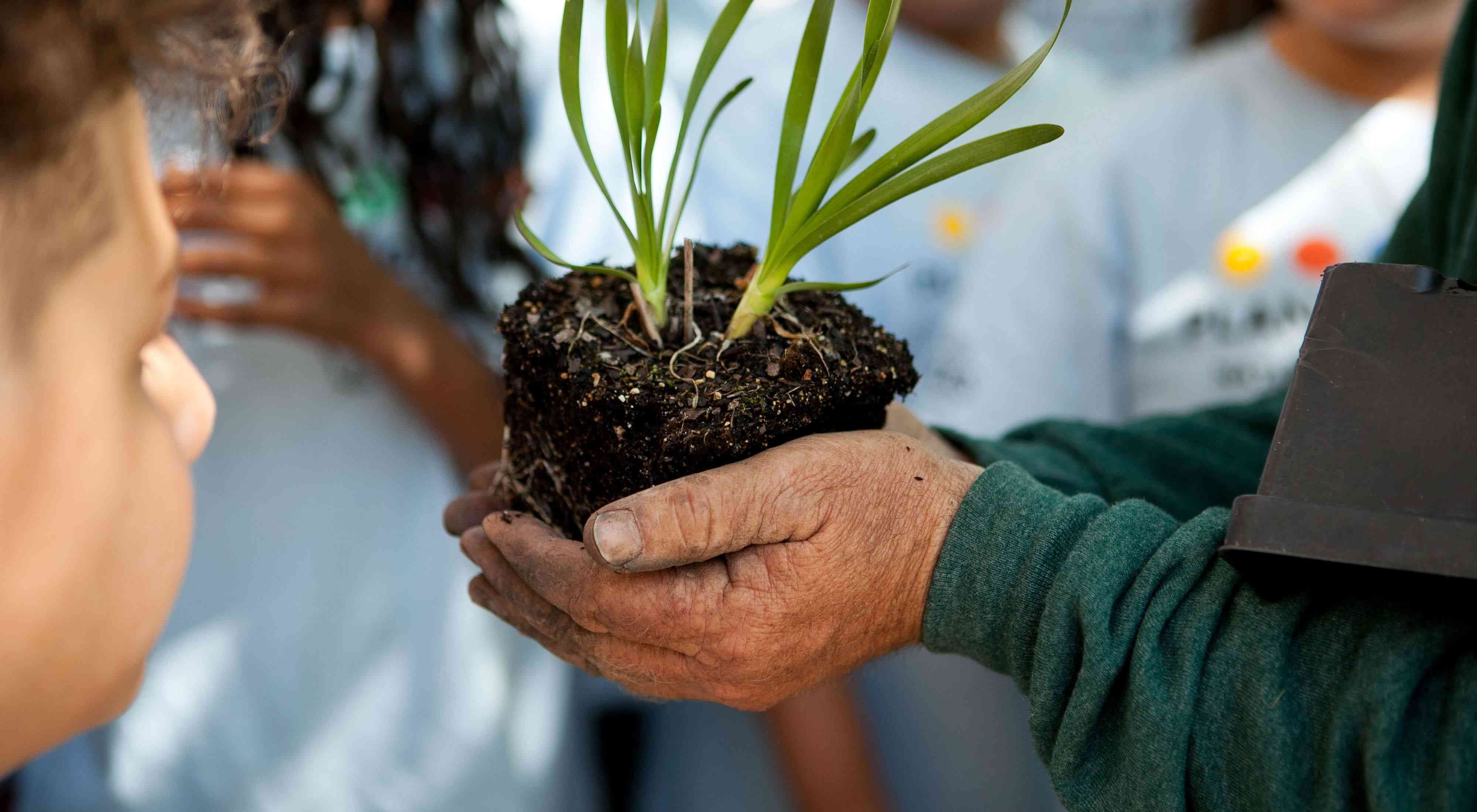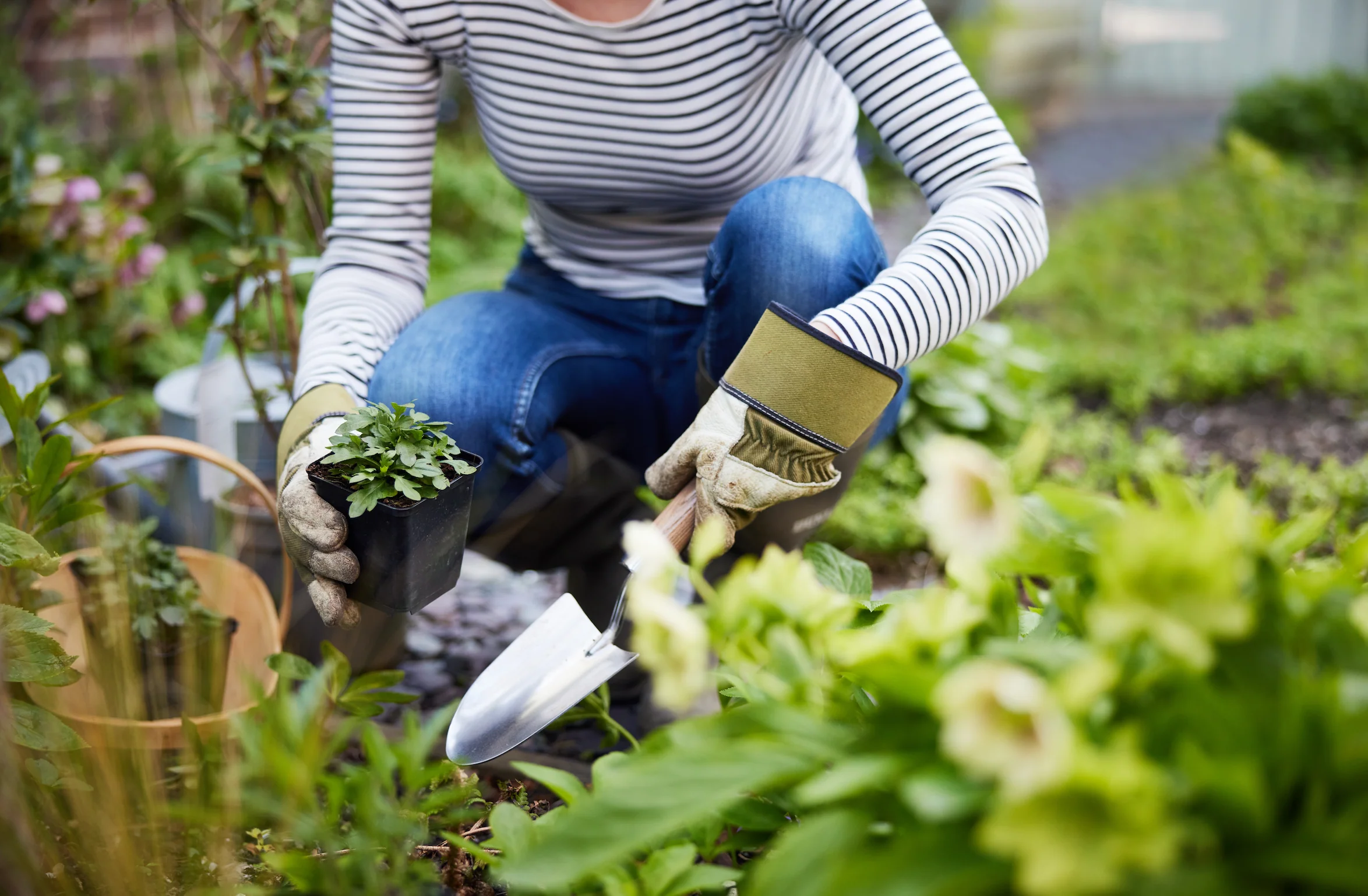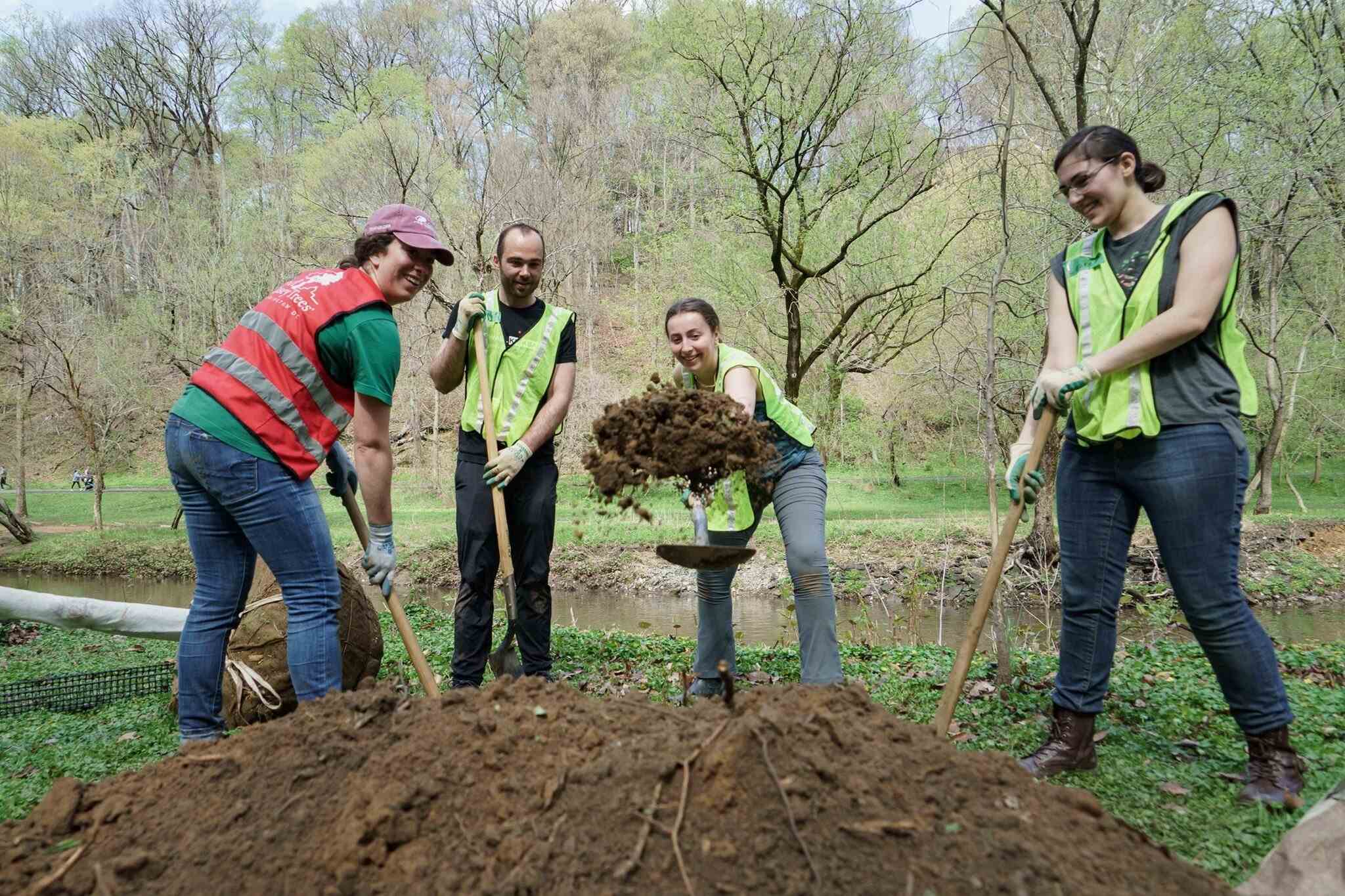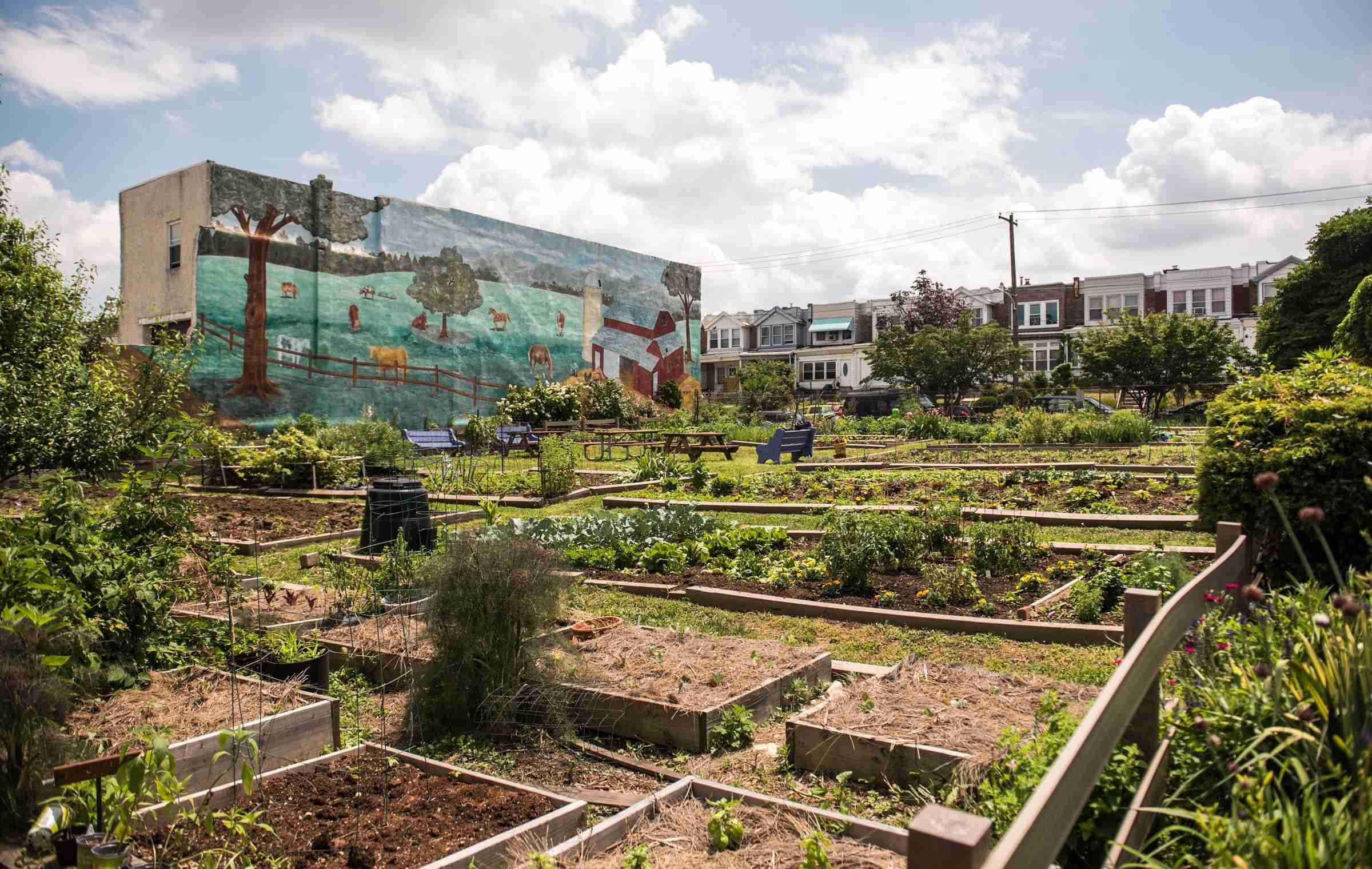Home>Gardening Basics>Understanding Soil>What Planting Zone Is Bend Oregon
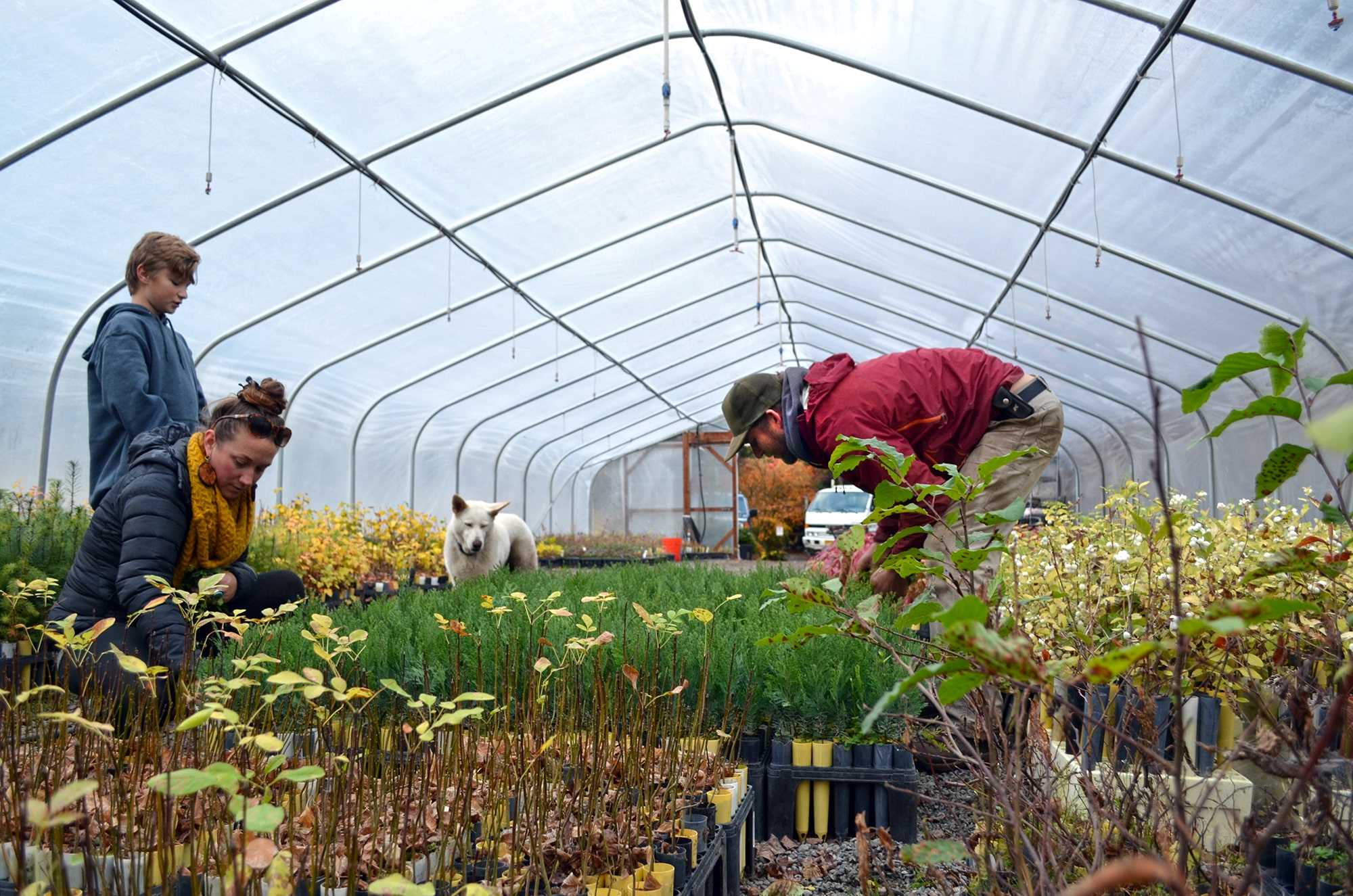

Understanding Soil
What Planting Zone Is Bend Oregon
Modified: January 22, 2024
Discover the optimal planting zone for Bend, Oregon and gain a deeper understanding of soil composition. Maximize your gardening success with valuable insights on soil preparation and cultivation techniques.
(Many of the links in this article redirect to a specific reviewed product. Your purchase of these products through affiliate links helps to generate commission for Chicagolandgardening.com, at no extra cost. Learn more)
Table of Contents
Introduction
Welcome to the beautiful city of Bend, Oregon! Nestled in the heart of the Pacific Northwest, Bend offers a unique blend of stunning natural landscapes, outdoor recreational opportunities, and a thriving community. One aspect that makes Bend a paradise for gardening enthusiasts is its diverse soil composition and unique climate.
Before embarking on your gardening journey in Bend, it is crucial to understand the concept of planting zones. Planting zones, also known as hardiness zones, are determined based on the average minimum winter temperatures in a specific geographical region. These zones serve as a guide to help gardeners identify which plants are most likely to thrive in their area.
Bend’s planting zone is influenced by several factors, such as its elevation, proximity to the Cascade Range, and the diverse microclimates within the region. These factors create a unique and changing environment for gardeners, making it necessary to select plants that can withstand the challenges presented by Bend’s climate.
Identifying Bend’s specific planting zone can be done through various methods, including using online zone finders, consulting with local nurseries, or referring to the USDA Plant Hardiness Zone Map. These resources will help you determine the appropriate plants for your Bend garden and increase the chances of success.
When it comes to selecting plants for Bend’s planting zone, it is essential to opt for those that are hardy, drought-tolerant, and can withstand the temperature fluctuations and occasional frost that Bend experiences. Native and regional plants are often a great choice, as they have adapted to the local climate over time.
Successful gardening in Bend requires careful consideration of factors such as soil quality, water availability, and proper maintenance techniques. By implementing strategies like proper irrigation, mulching, and soil improvement, you can create an optimal environment for your plants to thrive.
In this article, we will delve deeper into the specifics of Bend’s planting zone, discuss the factors that influence it, provide recommendations for suitable plants, and offer tips to help you achieve gardening success in this unique and picturesque city.
Understanding Planting Zones
Planting zones, also referred to as hardiness zones, are a system used to identify the climatic conditions in a particular region and determine which plants are most suitable for that area. The United States Department of Agriculture (USDA) developed the Plant Hardiness Zone Map, which divides the country into various zones based on average annual minimum winter temperatures.
These zones range from 1 (coldest) to 13 (warmest), with each zone representing a 10-degree Fahrenheit difference in temperature. Gardeners can use this map as a guide to determine the types of plants that are most likely to thrive in their specific zone.
In addition to temperature, other factors that influence planting zones include humidity, elevation, and proximity to bodies of water. Microclimates, which are localized variations in climate conditions within a larger zone, can also impact the suitability of certain plants in specific areas.
Understanding your planting zone is vital because it helps you select plants that are well-suited to the conditions in your area, increasing the likelihood of successful growth and productivity. Planting outside of your recommended zone can result in plant stress, reduced vigor, and even death.
It’s important to note that while planting zones provide a useful guideline, they should not be the sole determining factor in plant selection. Other considerations such as soil type, sunlight exposure, and water availability should also be taken into account when choosing plants for your garden.
Gardeners in Bend, Oregon, benefit from a diverse planting zone due to the city’s unique climate and topography. Understanding Bend’s planting zone is crucial for selecting plants that can tolerate Bend’s colder winters, hot summers, and occasional frosts. By choosing plants that are adapted to Bend’s specific conditions, you increase your chances of gardening success.
In the following sections, we will explore the factors that influence Bend’s planting zone, ways to identify the zone specific to Bend, recommended plants for Bend’s climate, and tips for successful gardening in this beautiful city.
Factors Affecting Bend Oregon’s Planting Zone
Several factors contribute to the unique planting zone in Bend, Oregon. Understanding these factors is essential for selecting plants that can thrive in Bend’s climate and ensuring gardening success.
1. Elevation: Bend sits at an elevation of around 3,600 feet above sea level, which significantly influences its planting zone. Higher elevations generally experience cooler temperatures and shorter growing seasons compared to lower-lying areas. Gardeners in Bend must consider these colder temperatures and choose plants that can withstand the challenges posed by higher elevations.
2. Proximity to the Cascade Range: Bend’s location near the majestic Cascade Range impacts its climate. The Cascade Mountains act as a barrier, influencing weather patterns in the region. The proximity to the mountains can result in temperature fluctuations, wind patterns, and the occurrence of microclimates. These variations must be taken into account when selecting plants for your garden.
3. High Desert Climate: Bend falls within a high desert climate zone characterized by arid conditions and limited rainfall. The average annual precipitation in Bend is relatively low, which affects the availability of water for plants. Gardeners in Bend need to choose drought-tolerant plants and implement water-wise gardening practices to conserve water and ensure the health of their plants.
4. Temperature Extremes: Bend experiences temperature extremes throughout the year. Winters can be cold, with occasional subzero temperatures, while summers can be hot, with temperatures reaching the 90s and occasionally surpassing 100 degrees Fahrenheit. These temperature fluctuations require plants that can withstand both cold and hot conditions.
5. Soil Composition: The soil composition in Bend varies depending on specific locations within the city. Generally, the soil is well-drained and can be sandy or rocky, which affects its water-holding capacity. Understanding the soil type in your specific gardening area is crucial for selecting plants that are adapted to those soil conditions.
All these factors combined create Bend’s unique planting zone, requiring gardeners to carefully choose plants that can endure the challenges of the climate and soil conditions. By considering these factors, you can ensure that your garden thrives and maintains its beauty throughout the year.
Identifying Bend Oregon’s Planting Zone
Identifying Bend, Oregon’s specific planting zone is crucial for selecting plants that are best suited to thrive in the unique climate of the region. There are several methods you can use to determine Bend’s planting zone:
1. USDA Plant Hardiness Zone Map: The United States Department of Agriculture (USDA) has developed a Plant Hardiness Zone Map that divides the country into different zones based on average annual minimum winter temperatures. By examining the map, you can determine the specific zone that Bend falls into. Bend is situated in USDA zone 6a, with average minimum temperatures ranging from -10 to -5 degrees Fahrenheit.
2. Online Zone Finders: Several online resources provide zone finders where you can input your location details, such as ZIP code or city name, and receive information about your specific planting zone. These zone finders often utilize the USDA Plant Hardiness Zone Map data to provide accurate results.
3. Consult Local Nurseries: Local nurseries in Bend are often well-versed in the specific planting conditions and can provide valuable insights about the ideal plants for the area. They have experience in catering to Bend’s unique climate and can guide you in selecting plants that are most likely to thrive in your garden.
4. Collaborate with Garden Associations or Cooperative Extension Offices: Garden associations and cooperative extension offices are excellent resources for gardening information specific to your area. They often have detailed knowledge about the local climate, planting zones, and plant recommendations. They may offer workshops, seminars, or gardening guides that provide information on Bend’s specific planting zone.
Once you have identified Bend’s planting zone, it’s essential to choose plants that are well-suited to the specific climate and growing conditions. Opt for plants that can withstand Bend’s colder winters, hot summers, and occasional frosts. Native and regional plants are often a great choice, as they have adapted to the local conditions and are more likely to thrive in Bend’s climate.
Remember, the planting zone is just one aspect to consider when selecting plants for your Bend garden. Other factors such as soil type, sunlight exposure, and water availability should also be taken into account. By understanding your planting zone and considering the unique conditions of Bend, you can create a thriving and beautiful garden that enhances the natural beauty of this stunning region.
Recommended Plants for Bend Oregon’s Planting Zone
When it comes to selecting plants for Bend, Oregon’s planting zone, it’s important to choose varieties that can thrive in the unique climate and growing conditions of the region. Here are some recommended plants that are well-suited to Bend’s planting zone:
- Lavender (Lavandula): Lavender is a perennial herb known for its aromatic blooms and drought tolerance. It thrives in Bend’s dry climate and well-drained soil. Varieties such as English lavender (Lavandula angustifolia) and Spanish lavender (Lavandula stoechas) are popular choices.
- Ornamental Grasses: Ornamental grasses like feather reed grass (Calamagrostis x acutiflora) and blue fescue (Festuca glauca) are excellent options for Bend gardens. They add texture and visual interest to the landscape while being adaptable to a range of growing conditions.
- Penstemon: Penstemon, also known as beardtongue, is a native flowering perennial that thrives in Bend’s planting zone. Varieties such as Penstemon digitalis and Penstemon strictus produce beautiful tubular blooms and are well-suited to Bend’s climate.
- Russian Sage (Perovskia atriplicifolia): Russian sage is a tough and drought-tolerant perennial that adds a splash of color to the garden with its lavender-blue flowers. It thrives in Bend’s well-drained soil and requires minimal maintenance.
- Oregon Grape (Mahonia aquifolium): Oregon grape is a native evergreen shrub that is well-adapted to Bend’s planting zone. It offers year-round interest with its holly-like leaves and bright yellow flowers in the spring.
- Rocky Mountain Juniper (Juniperus scopulorum): Junipers are hardy evergreen trees that can withstand Bend’s cold winters and hot summers. The Rocky Mountain Juniper is a native species that thrives in Bend’s well-drained soil.
These are just a few examples of plants that are suitable for Bend’s planting zone. It’s important to also consider factors such as soil type, water requirements, and desired sun exposure when selecting plants for your garden. Consulting with local nurseries or gardening associations can provide further insights and recommendations tailored to Bend’s specific climate.
By choosing plants that are well-adapted to Bend’s planting zone, you can create a vibrant garden that not only survives but thrives in the unique climate of this breathtaking region.
Tips for Successful Gardening in Bend Oregon
Gardening in Bend, Oregon requires careful consideration of the region’s unique climate and growing conditions. Here are some tips to help you achieve gardening success in this beautiful city:
- Select Native and Drought-Tolerant Plants: Choose plants that are native to Central Oregon or adapted to the high desert climate. Native plants have evolved to thrive in Bend’s specific conditions and require less water and maintenance. Look for drought-tolerant varieties that can withstand periods of limited rainfall.
- Improve Soil Quality: Bend’s soil can be sandy and rocky, which affects its water-holding capacity. Enhance the soil’s quality by adding organic matter like compost or well-rotted manure. This improves drainage and fertility, making it easier for plants to establish their roots.
- Implement Efficient Irrigation: Water is a precious resource in Bend. Opt for efficient irrigation methods such as drip irrigation or soaker hoses to deliver water directly to the roots of plants. Install a timer on your irrigation system to schedule watering during optimal times to minimize evaporation.
- Use Mulch: Apply a layer of organic mulch around plants to conserve moisture, suppress weeds, and regulate soil temperature. Organic mulches like wood chips or straw also break down over time, enriching the soil with nutrients.
- Practice Prudent Watering: Rather than frequent, shallow watering, deep and infrequent watering promotes deep root growth and prevents water loss due to evaporation. Water early in the morning or late in the evening to minimize evaporation and allow foliage to dry before nighttime, reducing the risk of fungal diseases.
- Protect Plants from Frost: Bend occasionally experiences frost, even during the growing season. Protect tender plants by covering them with frost blankets or cloths when frost is expected. Consider planting frost-tolerant varieties or starting tender plants indoors and transplanting them after the threat of frost has passed.
- Plan for Wind Protection: Bend is known for its occasional strong winds. Shield vulnerable plants by planting windbreaks such as shrubs, hedges, or fences. Additionally, stake tall plants to keep them stable during windy periods.
- Practice Proper Pruning and Maintenance: Regularly prune your plants to remove dead or diseased branches, improve airflow, and promote healthy growth. Keep an eye out for pests and promptly address any issues to prevent infestations from spreading.
- Rotate Crops: If you have a vegetable garden, practice crop rotation to prevent the buildup of pests and diseases. Rotate your crops annually to different parts of your garden to maintain a healthy soil ecosystem and optimize plant health.
- Learn from Local Resources: Tap into local resources such as gardening associations, cooperative extension offices, and local nurseries for valuable insights and guidance specific to Bend’s climate. They can provide guidance on plant selection, gardening techniques, and helpful tips based on their experience in the region.
By following these tips and adapting your gardening practices to Bend’s specific conditions, you can create a thriving and resilient garden that adds beauty to this picturesque city.
Conclusion
Gardening in Bend, Oregon offers a unique and rewarding experience, thanks to the region’s diverse planting zone and picturesque landscapes. By understanding Bend’s specific planting zone and considering factors such as elevation, proximity to the Cascade Range, high desert climate, temperature extremes, and soil composition, gardeners can select plants that are well-suited to thrive in this unique climate.
Identifying Bend’s planting zone can be done through resources such as the USDA Plant Hardiness Zone Map, online zone finders, consultation with local nurseries, or collaboration with garden associations and cooperative extension offices. Once the planting zone is determined, gardeners can choose from a variety of recommended plants that are suited to Bend’s conditions, including lavender, ornamental grasses, penstemon, Russian sage, Oregon grape, and junipers.
To achieve gardening success in Bend, certain tips should be followed. These include selecting native and drought-tolerant plants, improving soil quality, implementing efficient irrigation techniques, using mulch, practicing proper watering and pruning, protecting plants from frost and wind, and rotating crops. Local resources such as gardening associations, cooperative extension offices, and local nurseries can provide invaluable guidance and insights for successful gardening in Bend.
By being mindful of Bend’s unique climate and adopting appropriate gardening practices, you can create a vibrant and thriving garden that enhances the natural beauty of the city. Whether you’re a seasoned gardener or just starting out, the rewarding experience of nurturing plants and witnessing the beauty they bring to Bend’s landscape is well worth the effort. So, grab your gardening tools and get ready to create a stunning oasis amidst the Pacific Northwest’s natural splendor in Bend, Oregon.
